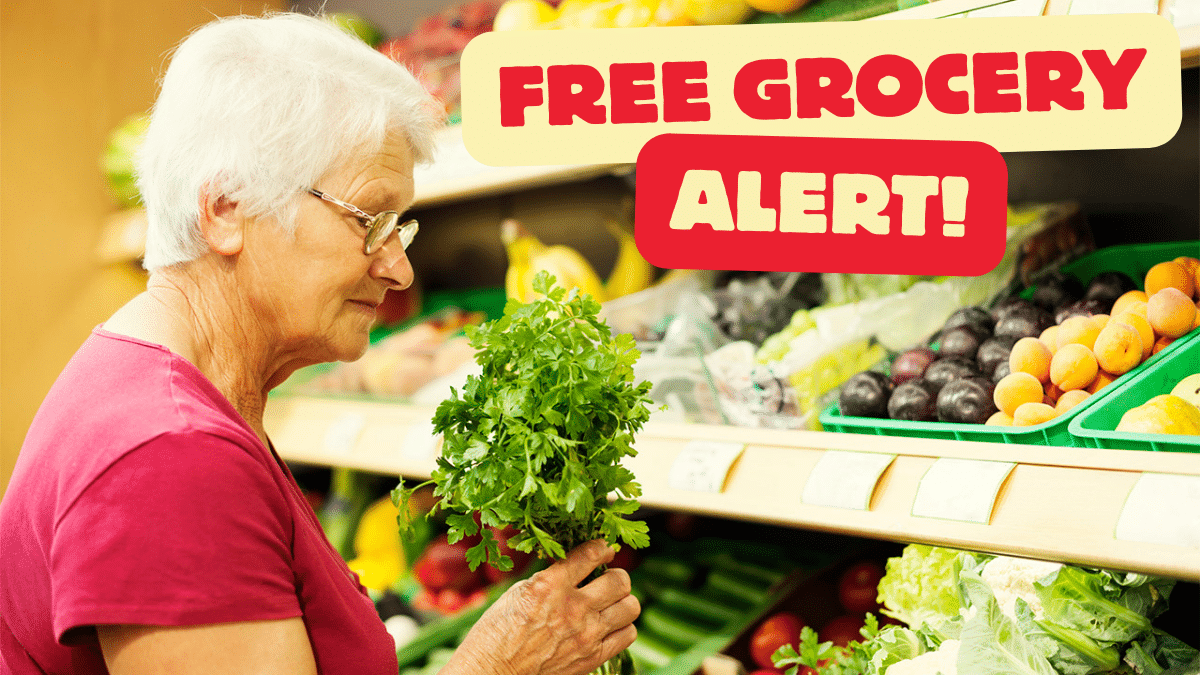Across the United States, state governments are expanding assistance programs designed to ensure that older citizens have consistent access to nutritious food. The latest developments in August 2025 show a nationwide push to provide free groceries to seniors through revamped food benefit programs, community partnerships, and simplified eligibility processes.
Expanding Support for Senior Nutrition
As food prices continue to fluctuate, states have taken new steps to help seniors cope with the rising cost of living. In August 2025, several state agencies announced updates to their grocery assistance initiatives, focusing on free weekly or monthly food box distributions for residents aged 60 and above.
Programs such as Senior Farmers’ Market Nutrition Program (SFMNP) and Commodity Supplemental Food Program (CSFP) have seen record enrollment this year. States like California, Texas, Florida, and Illinois have expanded funding to meet increased demand, ensuring that local food pantries and distribution centers remain fully stocked with fresh produce, dairy, grains, and protein options.
Also Read
Key Features of the Updated Programs
-
Fresh Food Boxes: Many programs now include locally sourced fruits and vegetables, helping both seniors and regional farmers.
-
Easy Enrollment: State agencies have simplified application processes—seniors can apply online, over the phone, or through senior centers without needing excessive documentation.
-
Mobile Distribution Vans: Recognizing mobility challenges among older populations, states are using mobile food delivery vans to reach remote areas and homebound individuals.
-
Partner Retail Stores: In some states, participating grocery stores allow eligible seniors to use food vouchers directly, promoting dignity and choice.
State-by-State Highlights
California: The Golden Harvest Initiative, launched in spring 2025, now serves over 180,000 seniors per month. Recipients receive a rotating supply of essential groceries along with healthy recipe kits to encourage balanced meals.
Texas: The Lone Star Senior Nourishment Program expanded to 120 additional counties in August. The new model integrates local volunteers and nonprofits to deliver groceries directly to seniors’ doorsteps.
Florida: Senior food pantries in Miami-Dade and Tampa Bay have doubled their capacity after an additional $8 million in funding from the state legislature. Seniors can register via the “Florida Fresh for Seniors” portal and schedule monthly pick-ups or deliveries.
New York: The Empire Food Access Program is piloting electronic grocery cards for eligible seniors, which can be used in local markets. This digital solution reduces paperwork and enhances convenience.
Simplified Eligibility and Increased Outreach
Across most states, eligibility primarily depends on age (60+) and income. Those receiving Social Security or Supplemental Nutrition Assistance Program (SNAP) benefits are automatically qualified in many regions. Out-of-pocket costs have been entirely eliminated for seniors in need, removing one of the largest barriers to participation.
To spread awareness, community centers, libraries, and healthcare providers are now distributing flyers and hosting information sessions. Many states have also launched multilingual hotlines to reach diverse populations.
The Broader Impact
According to early state reports, the expansion of these grocery programs has significantly reduced food insecurity rates among seniors. Nutrition experts have noted improvements in overall health outcomes, reduced hospitalization from diet-related issues, and better mental well-being due to improved access to healthy meals.
State officials emphasize that this initiative is not just a welfare measure, but an investment in community health. By keeping seniors well-nourished, states are reducing pressure on healthcare systems and creating stronger, more connected local communities.
Voices from the Community
Many seniors have expressed deep gratitude for these updates. In Sacramento, 74-year-old resident Maria Lopez said the monthly grocery box has “made all the difference,” allowing her to maintain a balanced diet despite living on a fixed income. Volunteers and youth groups assisting in delivery efforts describe the experience as “rewarding” and a way to bridge generational gaps.
What’s Next for Senior Food Assistance
As 2025 moves into the final quarter, several states are exploring partnerships with private grocery chains and food delivery startups to enhance efficiency. Plans are underway to digitize most senior food programs by early 2026, giving participants access to online ordering, home delivery tracking, and personalized meal guidance.
Federal collaborations are also being discussed to streamline funding between the U.S. Department of Agriculture and individual states. If approved, these partnerships could ensure permanent grocery benefits for low-income seniors nationwide.
How Seniors Can Apply
Eligible individuals can visit their county’s Department of Aging office, call local hotlines, or apply online through official state food assistance portals. Senior centers and local social workers are also equipped to help applicants complete forms and verify eligibility.
Documents such as proof of age and residency are generally required, but states are increasingly reducing paperwork to make enrollment faster and smoother.
FAQs
1. Are all seniors eligible for free groceries?
Most programs serve seniors aged 60 and above who meet specific income guidelines or currently receive SNAP or SSI benefits.
2. What types of food are included in the grocery boxes?
Grocery boxes typically include a mix of fresh fruits, vegetables, grains, canned goods, dairy products, and proteins based on local availability.
3. Can homebound seniors receive deliveries?
Yes, many states have mobile delivery programs or volunteer-run systems for homebound seniors.
4. Is this program available in rural areas?
Yes, several states have mobile distribution vans or regional pick-up points specifically for rural residents.
5. Does participating affect other benefits?
No, receiving free groceries through senior programs does not impact eligibility for Social Security, Medicaid, or other benefits.












